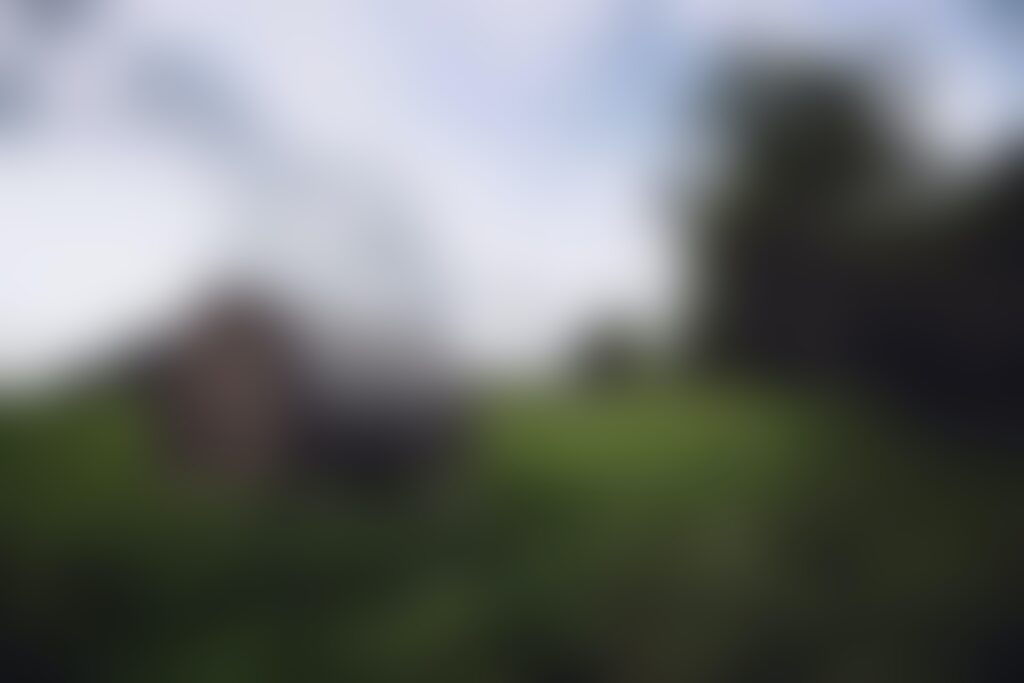What Is The Optimal Resolution For Digital Imagery To Print?

Have you ever tried downloading an image from a website and printing it out at a larger size? How did it look?
Chances are, not as good as you expected. Unless you reduced the image to the size of a postage stamp, the print probably looked blurred or seemed made up of colored blocks.
Having the image printed by a professional printing shop isn’t likely to give you better results. And you would have spent more money on a printed image that is only marginally better than what you could achieve with your inkjet printer.
The Basics Of Image Resolution
What is the reason for this? Why do downloaded images come out so poorly in print even if they look good on your computer monitor? In most cases, the reason is “resolution”, or more accurately, insufficient “image resolution”.
Image resolution refers to the number of pixels that a digital image has. This is measured by pixels per inch (PPI), which signifies the amount of pixel information in the picture.
High-resolution images contain more pixels, resulting in a clearer and crisper picture. Conversely, low-resolution images have fewer pixels, resulting in a blurred or fuzzy image that breaks up into blocks when blown up.
Remember that image you downloaded? The reason why it looked so blurry or jagged in print is that it was probably a low-resolution image to begin with. When you printed the image out, there was too little pixel information to produce a clear picture.
Resizing the image or blowing it up will only make things worse. Because of the insufficient number of pixels in the photo, the printing machine will have to duplicate the pixel information to compensate. This results in the characteristic ‘blocky’ or jagged images you typically get when low-resolution photos are blown up.
Print Resolution–The Other Part Of The Equation
Keep in mind that image resolution is only one part of the equation. At the other end of the process is “print resolution”. This refers to the number of ink dots that a printer leaves on the paper during printing.
While image resolution is measured in pixels per inch (PPI), print resolution is measured in dots per inch (DPI). But both measurements translate equally, so an onscreen image with a 300 PPI resolution will essentially be the equivalent of a 300 DPI printed image.
Again, going back to your downloaded image, it probably looked sufficiently clear on your computer monitor. This is because computer screens generally don’t need too much pixel information to display images clearly. Of course, the image will begin to break up if it is blown up too much. But you generally have more leeway to blow up images if they are only meant for onscreen viewing.
If the image is meant for print, that’s when you have to give more thought to the image resolution. The image needs to have sufficient pixel information so that the printer can place the appropriate amount of ink on the paper.
Ideal Resolution For Printing Digital Images
So how high should your resolution be for digital images meant for print?
For non-commercial or non-professional applications, you could generally get away with 200 to 300 PPI images. This should be sufficient for printing images on an inkjet or laser printer.
For proofing or other applications where utmost clarity isn’t necessary, you could even go as low as 200 PPI. Images intended for large format prints can even be as low as 150 PPI, especially if they are meant for viewing from a distance.
The next time you have the opportunity, go up close to a large poster or billboard and take a look. Chances are, you will see the image’s component colored dots when viewed up close. Move further back, and the image will look sufficiently clear. This is because your eyes “fill out” the additional pixel information needed to create a sharp image.
For photographic prints or commercial print publications, images need to be at least 300 PPI. This ensures that it is as sharp and as clear as possible when printed. Some high-end magazines even require at least 600 PPI, which results in extremely vivid images.
Ensuring that your images are at the correct resolution ensures a higher quality print and reduces costly reprints. It is advisable to consult with the printing company to find out what resolution is ideal for the print quality you require.
